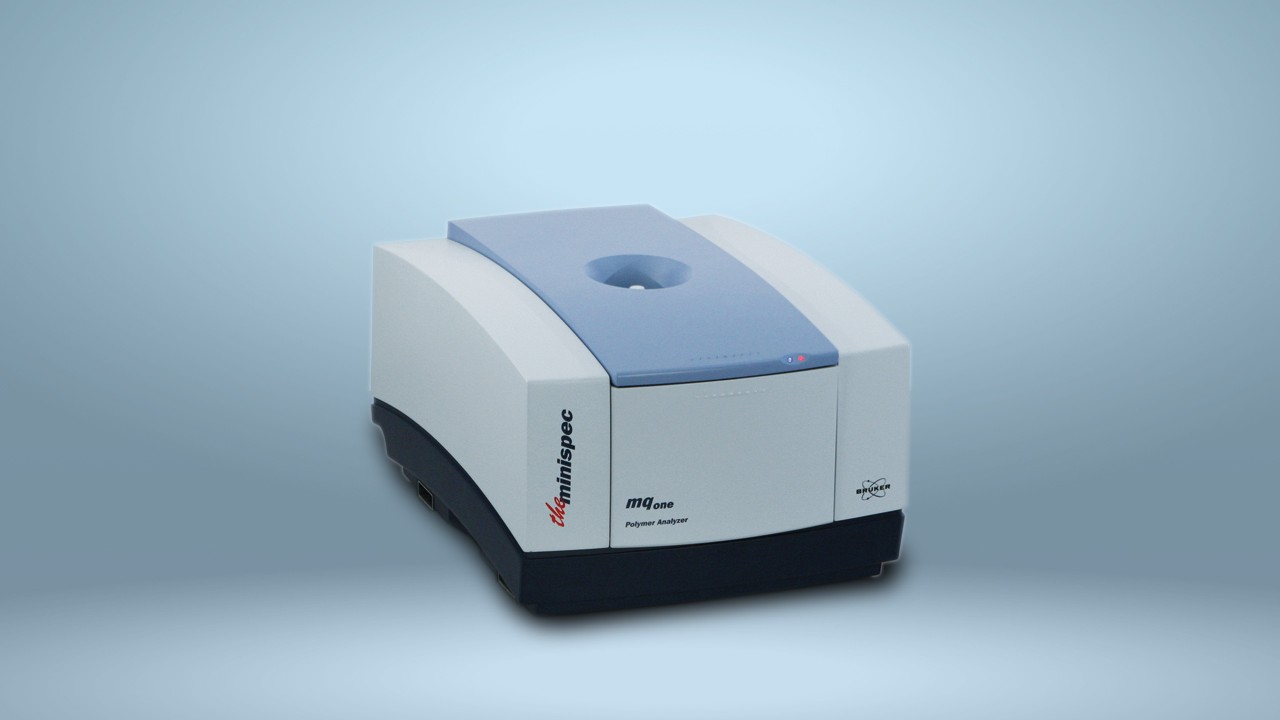Time-Domain NMR Details Effects of Nanoparticles on The Micro-Fluidity of Heavy Oil
“It is the first time, to the best of our knowledge, that these characterization tools have been used in heavy crude oils in the presence of nanoparticles”
With ever-decreasing supplies of crude oil, the optimization of oil recovery techniques is of critical importance. A recently devised strategy for increasing the efficiency of oil recovery is the addition of polymers and nanoparticles.
The fluid properties of crude oil are key to the efficient working of a refinery. Viscosity of crude oil is thus routinely monitored. Generally, it is relatively easy to obtain bulk measurements of viscosity, but this may not always be adequate for assessing the effects when colloids and nanoparticles are added. In order to obtain a more direct reflection of the interactions of such additives with the oil molecules, it is necessary to measure the fluid response on a microscale (microrheology).
The viscosity of heavy- and extra-heavy crude oils is reduced by the addition of nanoparticles. Furthermore, this effect has been shown to result from the nanoparticles altering the internal structure of the heavy crude oil. It therefore follows that the effects of adding nanoparticles to crude oil should be reflected in altered NMR measurements. Indeed, time-domain or low-field nuclear magnetic resonance (TD-NMR) spectroscopy has proved to be an effective and efficient mean of assessing the microrheological properties of crude oil.
TD-NMR is a relaxometry variation of NMR that measures the time it takes for nuclei excited by exposure to a magnetic field to return to equilibrium. It provides relaxation data rapidly and with high reproducibility without the need for sample preparation. It has been demonstrated that TD-NMR characteristics reflect changes in viscosity; heavy crude oils relax faster than light- or medium-gravity oils. Furthermore, it is possible to predict oil viscosity from transverse relaxation time (T2) distributions and diffusion coefficients estimated from NMR using partial least squares regression models.
TD-NMR was recently used to evaluate the effect of silica nanoparticles on the microrheological properties of heavy- and extra-heavy crude oils. This is the first time that these characterization tools have been used to analyse heavy crude oils in the presence of nanoparticles.
T2 relaxation and diffusion coefficient measurements were used as probes of microrheological effects on the crude oil. The effect of nanoparticle addition was analysed in three different heavy crude oils using TD-NMR. T2 relaxation time was measured using a Bruker Minispec LF110 spectrometer. NMR measurements of the diffusion coefficient for hydrocarbon molecules in the presence or absence of nanoparticles were conducted using an NMR Minispec Bruker mq20 with a gradient coil.
Addition of nanoparticles reduced the viscosity of each of the three heavy crude oils by around 35–45%. The adsorption of the nanoparticles to the polar oil molecules was reflected in a reduction in the refractive index. Increases in T2 relaxation and diffusion coefficient increased up to around the optimal concentration of nanoparticles and then decreased at higher concentrations. There was an inverse correlation between either the log-mean T2 relaxation or the diffusion coefficient and the rheometric oil viscosity in the presence of nanoparticles.
These data indicate that the optimal concentration of nanoparticles for reducing the viscosity of heavy crude oil was around 1000 mg/L.
Reference:
Wang H, et al. Fuel 2019;241(1):962-972. https://www.sciencedirect.com/science/article/pii/S0016236118321677


